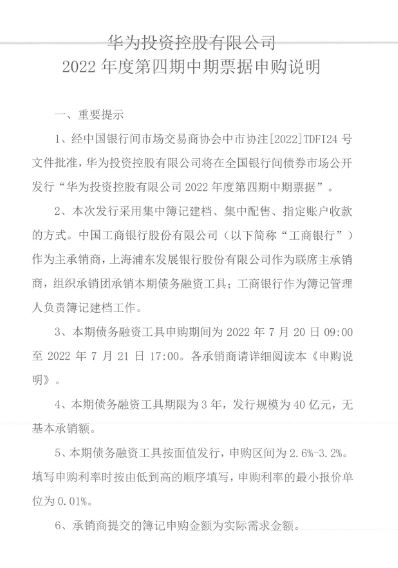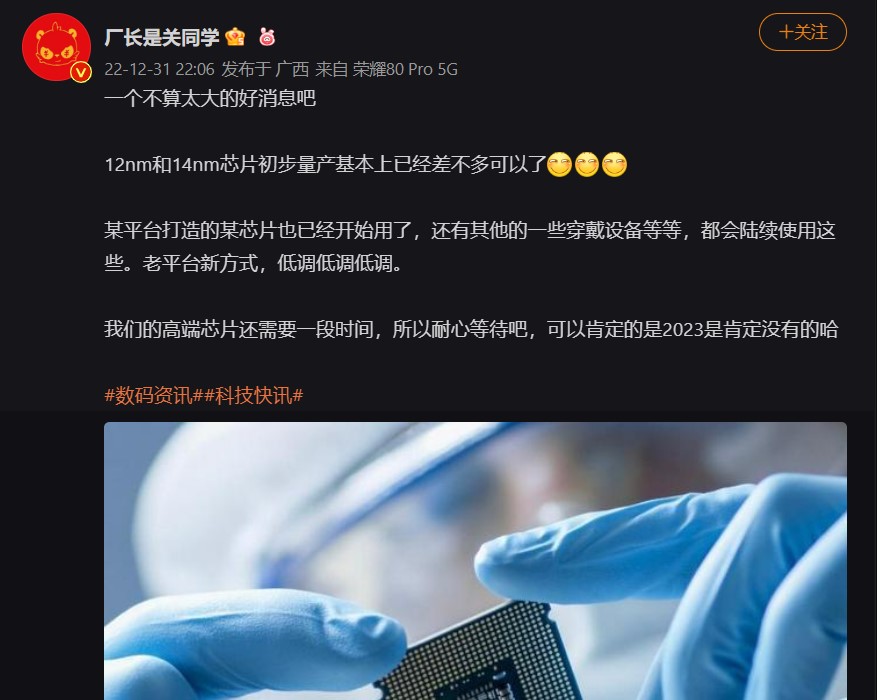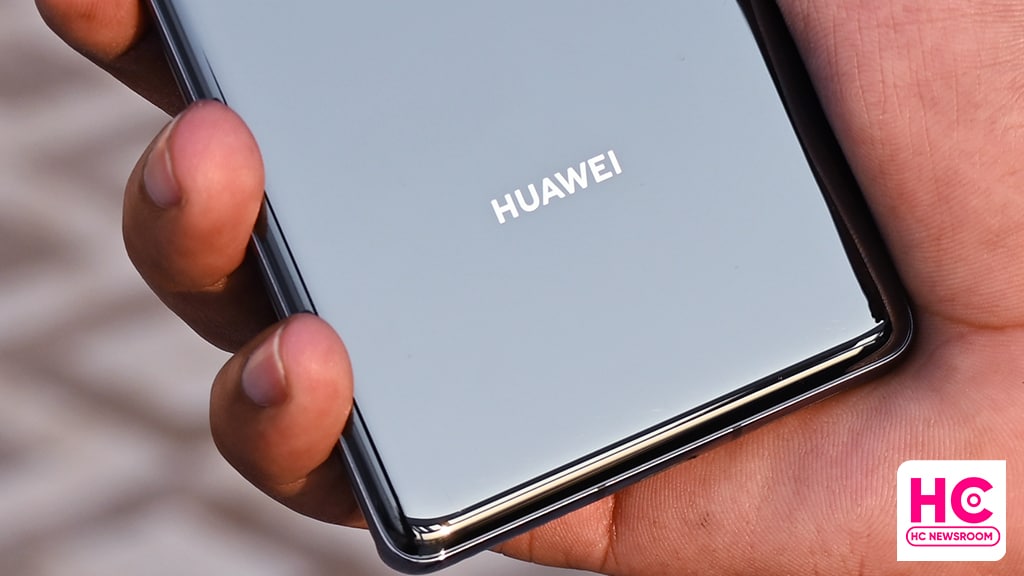Huawei HarmonyOS 3.1 preparing for beta test
HarmonyOS 3 changelog for Huawei Watch 3 [Global]
Huawei Mate 40 series gets Turbo Charge mode
Breaking: Global Huawei Watch 3 began receiving HarmonyOS 3
Huawei Watch GT 3 HarmonyOS 3 beta delayed to next year
Huawei Mate X3 launch postponed, P60 booked for the first quarter
Which non Google apps Huawei phone you purchased in 2022?
Huawei Pocket S flip phone’s 512GB version enters sale
Huawei Mate X3 and P60 to clash for launch date
So, Huawei P60 will run HarmonyOS 3.1
Huawei Mate 40 series gets Turbo Charge mode
Huawei Nova 5T gets 2022’s last EMUI update
Huawei P50 Pocket gets December 2022 EMUI update [Global]
Breaking: Global Huawei Watch 3 began receiving HarmonyOS 3
Huawei Nova 9 SE gets December 2022 update
Download the latest Google Play Store APK [33.6.13]
Huawei Petal Maps 3.2.0.200 brings new features
Download Huawei AppGallery App (12.7.1.300)
Google Play Store 33.6.13 is up in stock
Get the latest My Huawei app [12.1.10.300]
Huawei MateBook 14s Intel i9 sale begins
Huawei MateBook D14 SE notebook gets 16GB RAM version
Huawei MatePad SE and Pro 12.6 gets new memory version to Malaysia
Huawei MatePad Pro 10.8 gets November 2022 patch
Huawei is the only PC maker to make growth in Q3 2022 in China
HarmonyOS 3 changelog for Huawei Watch 3 [Global]
Latest Huawei tech could detect Lung infection using SpO2
Check Huawei Watch GT 2 owners’ feedback on user experience in 2022
Huawei Band 4 with SpO2 opens sale at lowest price
Huawei launches ‘Year of the Rabbit’ FreeBuds earphones engraving service
Published
on
By
Huawei is planning to issue the fourth phase of medium-term notes in 2022 worth 4 billion yuan (59.1 million USD). The company brought down the purchase regulations in the inter-bank market mentioning the subscription duration from July 20 to July 21 and the interest rate that runs between 2.6% to 3.2%.
The information is regarding the debt and bonds of the Chinese company. So far, the company holds debt for three years. Somehow, Huawei managed to control the total amount of issuance bonds to 10 billion yuan. But this year, there is a drastic change in this procedure.
As a result, when we add the 4 billion yuan of the medium-term notes to the issuance bond for Huawei, it becomes 21 billion yuan. Comparatively, the amount is quite big than that of the previous year.
Before the year 2019, Huawei used to issue bonds with other global merchandise. However, the year became a turning point and thereafter, the company started relying on domestic issuance as the main source for its bonds.

Previous records and expenditure!
Over time, the average compound growth rate of Huawei has seen a decline of 13.84 percent. The operating income went down from 882.877 billion yuan to 630.698 billion yuan. Besides, the net profit showcased an investment income of 61.7 billion yuan.
Being a leading firm in the technology sector, it is obvious for Huawei to carry huge expenditures. The reports claim that the company made an expenditure of 939.346 billion yuan (1.38 trillion USD) in 2019, 1,019.805 billion yuan (1.50 trillion USD) in 2020, and 706.719 (1.04 trillion USD) billion yuan in 2021 over operational activities.
Alongside, the R&D expenditure were 131.466 billion yuan (1.9 trillion USD), 141.951 (2.0 trillion USD) billion yuan, and 142.567 billion yuan (2.1 trillion USD), respectively.
Huawei is trying to settle the financial outcome of the company in a stable condition. For doing so, the company is planning to issue 4 billion yuan of medium-term notes this time. As per the Chinese tech giant, this is will support the development of multiple businesses and key strategies. Further, it will also play the role of working capital of the company’s headquarters and its subsidiaries.
(Source)
Huawei paid a huge amount of 2.8 million USD to obtain land in Kunming
Huawei released the first Cloud Operator solution
Yash is a graduate of computer science and followed his way into journalism, he is interested in various subjects related to technologies and politics. Yash likes to listen classical songs and has a huge library of classical mixes.
Huawei HarmonyOS 3.1 preparing for beta test
12nm and 14nm Huawei chipsets to launch this year
Huawei Mate X3 launch postponed, P60 booked for the first quarter
Published
on
By
Over the past month, global media has been speculating new Huawei chipset manufacturing patents and there’s a lot that may be coming this year, such as 12nm and 14nm chipsets.
According to the inputs coming from a well-known Weibo tipster, there are preparations going on for the first mass production of 12nm and 14nm chipsets.
Looking at the fact that the tipster (most of the time) provides inputs about Huawei, these 12 nm and 14nm chipsets may belong to no other than the Chinese tech makers.
For those who don’t know, nm stands for nanometer, a unit of measure for length. 1nm is equal to 0.000000001 meters—which is absolutely minute. In a CPU, nm is used to measure the size of the transistors that make up a processor.
Editor’s pick – 2022, a tough year for Huawei smartphones but also crucial
Also, Huawei has the most advanced chipset designing technologies, thanks to its years of research via the HiSilicon subsidiary.
Yes, the chipset development node is not advanced but it could be used for wearable devices. Interestingly, the tipster revealed that a certain set of these chips is already in use internally. 
Why?
The key to moving with low-tech design is to be efficient and move gradually in the semiconductor industry. Although, all of the designs are mastered by HiSilicon but wearables and similar platforms would be nice to start with.
Advanced chip:
That’s not it, the work is underway on the advanced chipset and we’ll have to wait until 2024 to match the mobile application processor node.
The tipster comments that an advanced chipset won’t appear this year for sure, which makes sense.
Exciting news:
This is a piece of exciting news and whether it’s for Huawei or for the Chinese industry, Huawei will get benefit from the outcome.
Because Huawei has one of the biggest smart wearable portfolios and there are a lot of devices that could utilize this type of semiconductor. 
Kirin:
For now, Huawei’s Kirin chip inventory is exhausted and the company is solely relying on Qualcomm for a new chip for smartphones.
This situation originated after the U.S. ban and since then, Huawei can’t print new chip via TSMC or similar chip production companies.
But Huawei is reshaping its supply chain and trying to bring new partners together to resolve the current in-home chip issues.
Published
on
By
We’re about to complete 2022 and it was a tough year for Huawei but it was also an important one for the Chinese smartphone maker in every aspect whatsoever.
This year, Huawei skipped the Huawei P60 series launch event, which used to happen in the first quarter. However, the issues were related to a scrambled supply chain. After the events of the 2019 U.S. blacklisting, Huawei was under tight scrutiny and facing severe challenges in the supply chain.
Hence, components such as smartphone chipsets became hard to organize for new Huawei devices. In 2022, Huawei readjusted around the current business with Qualcomm and used 4G chips in the latest smartphones.
Since Huawei can no longer print HiSilicon chipsets via chipmakers such as TSMC, the company is relying more on Qualcomm and less on Kirin. The beginning was difficult but Huawei later assured sufficient Snapdragon supplies.
GMS:
Google Mobile Services and Play Store have been a big matter of concern for new smartphone buyers. This year, most consumers knew that Huawei phones no longer support Google apps. On the other hand, customers could now easily determine whether to buy a Huawei phone without any confusion.
EMUI and HarmonyOS:
2022 has proven to be a major year in EMUI and HarmonyOS software rollout history and it brings you the latest features. However, the latest version is yet to rollout for old phones.
Smartwatch and wearables:
Other than smartphones, Huawei is focusing on all of the smart consumer platforms such as tablets, smartwatches, and earbuds. The company continues to innovate for a better user experience and launch new products.
Signs of return:
Progress leads toward a positive state and the progress made over the past year is crucial from all angles. To understand, Huawei is gradually returning shipment records in the Chinese market. A place, where Huawei ruled supreme before the U.S. ban.
2022 was a tough year, the move in market share is gradual but the positive numbers for Huawei are encouraging and it laid out a good foundation for 2023. 
Published
on
By
A Chinese information and communication technology academy released a report on Global Wi-Fi 6 technology innovation and standard 2022 and Huawei is revealed to be a leader in this Wi-Fi version along with Qualcomm.
Patent data and analysis are based on the data compiled throughout the year including legal status, layout region, patentee, and technology to demonstrate global Wi-Fi 6 innovation activities and development trends.
The researcher pointed out that the evaluation results show that among the 2,115 Wi-Fi 6-related patent families retrieved and evaluated (published before July 2021), 606 were evaluated as Wi-Fi 6 standard-essential patent families.
Among them, companies with the largest holdings include Qualcomm, Huawei, Intel, LG, Marvell/NXP, MediaTek, Broadcom, and ZTE. The total number of Wi-Fi 6 standard-essential patent families of the above-mentioned eight companies exceeds 90% of the number of Wi-Fi 6 standard-essential patent families assessed this time.
From these Wi-Fi 6 leaders, Qualcomm ranked first, accounting for 20.46%, and Huawei ranked second, accounting for 20.30%. From a technical point of view, frame structure design, preamble design, and OFDMA are the most deployed technical directions.
Judging from the time distribution of 606 family patents, before the IEEE started the standardization work of 802.11ax (Wi-Fi 6) in 2013, enterprises had already started the pre-research work of the Wi-Fi 6 standard and laid out a small number of Wi-Fi 6 standard requirements. patent.
After 2013, while enterprises actively participated in standard formulation, they also concentrated on the deployment of Wi-Fi 6 standard essential patents, and the number of applications reached a peak in 2015, and then began to decrease year by year.
Among the 3,564 Wi-Fi 6 valid patents/patent applications in the 606 families, the number of applications in the United States ranked first, accounting for 31.9%; the number of applications in China ranked second, accounting for 14.9%.
Japan’s patent applications accounted for 13.7%, 8.7%, and 8.2% respectively. Another 22.6% of patents are distributed in 33 other countries or regions around the world, among which Brazil, Canada, and Australia are the most distributed countries. 
Copyright © 2022 Huaweicentral.com